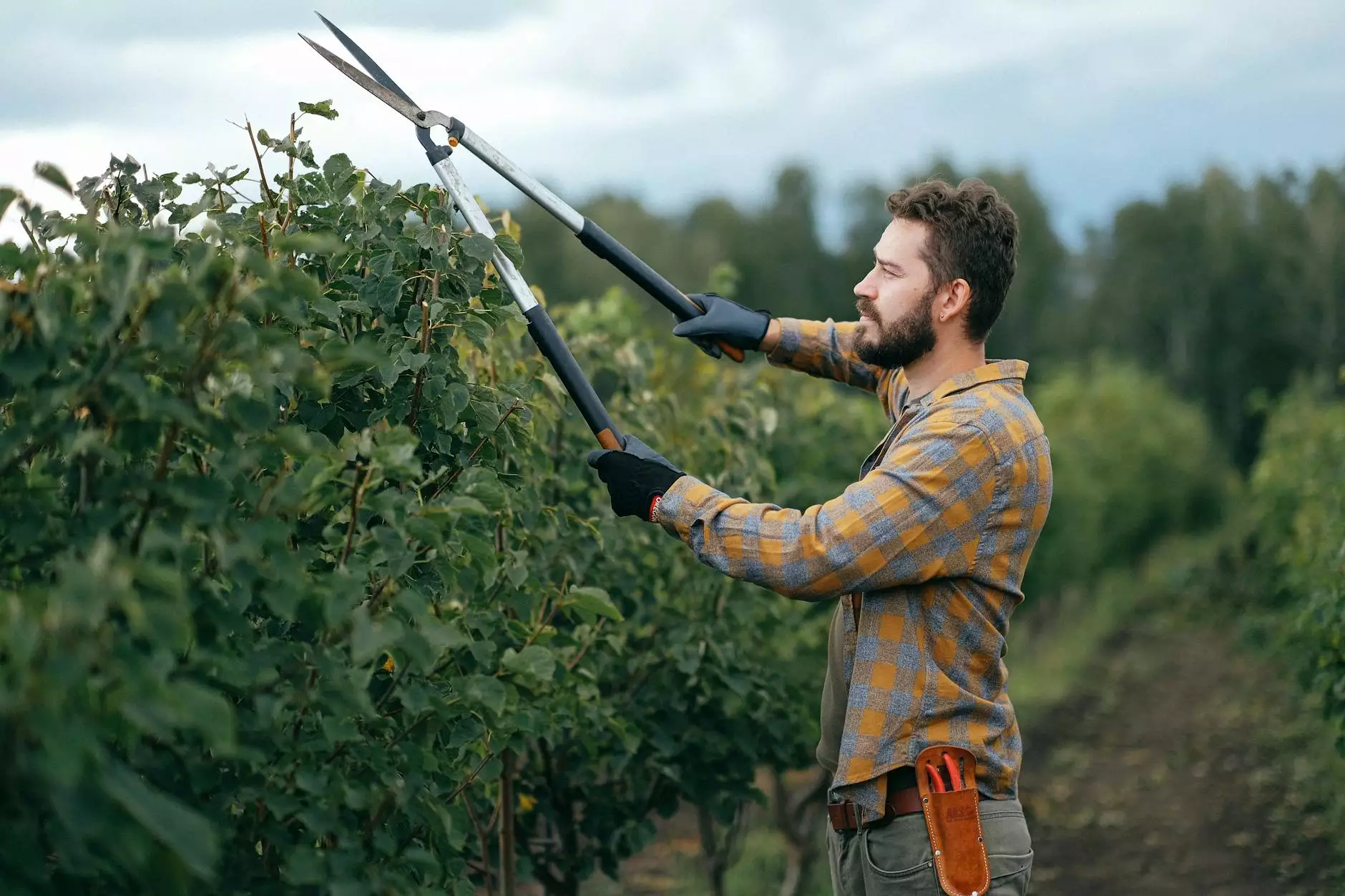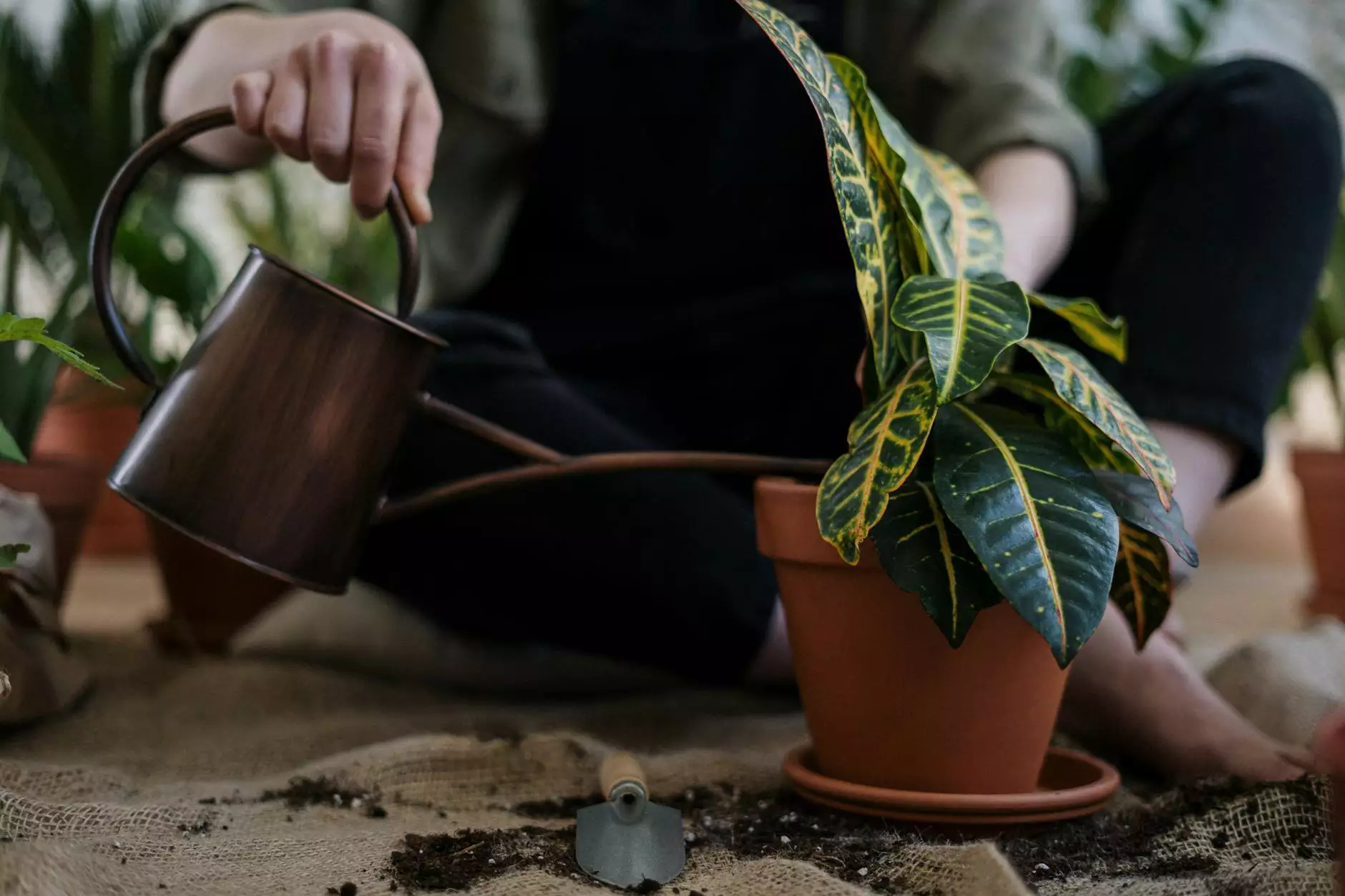Hardening Off Greenhouse-Grown Plants

Welcome to La Venezia Art & Fashion, where we provide valuable information on caring for your greenhouse-grown plants. In this guide, we'll cover everything you need to know about hardening off your plants for a successful transition from the controlled environment of your greenhouse to the outdoors.
What is Hardening Off?
Hardening off is the process of gradually acclimating your greenhouse-grown plants to the harsher conditions of the outside world. It allows them to adjust to fluctuations in temperature, sunlight, wind, and other environmental factors that they may not have experienced inside the protected environment of the greenhouse.
The Importance of Hardening Off
Properly hardening off your plants is key to their long-term survival and success in outdoor environments. Failure to harden off plants can result in shock, stress, or even death, as they are suddenly exposed to drastic changes in climate and other external factors.
Benefits of Hardening Off
By gradually introducing your plants to the outdoors, you give them a chance to strengthen their stems, develop thicker cuticles, and adjust their metabolic processes to be more efficient in capturing sunlight and nutrients. This ultimately improves their ability to thrive and withstand external challenges.
When to Start the Hardening Off Process
The ideal time to start hardening off your greenhouse-grown plants depends on various factors including plant type, weather conditions, and your specific location. As a general rule, begin the process about 7-10 days before you plan to transplant your plants into their outdoor beds or containers.
Tips for Hardening Off
To ensure a successful hardening off process, follow these useful tips:
1. Gradual Exposure
Start by exposing your plants to the outdoor environment for just a few hours each day. Choose a sheltered spot that offers partial shade to protect them from direct sunlight and strong winds. Over the course of the hardening off period, gradually increase the duration of outdoor exposure.
2. Monitor Weather Conditions
Pay close attention to weather forecasts during the hardening off period. Avoid exposing your plants to extreme temperatures, heavy rain, frost, or strong winds. Consider bringing them indoors or providing additional protection during unfavorable conditions.
3. Watering and Fertilizing
Adjust your watering and fertilizing practices during the hardening off process. Monitor soil moisture levels and provide enough water to keep the plants hydrated without overwatering. Apply a diluted, balanced fertilizer to support their growth and development.
4. Observe and Prune
Regularly inspect your plants for any signs of stress, pests, or disease. Remove any damaged or dying leaves, stems, or flowers to promote healthy growth. This also allows the plants to focus their energy on adapting to the outdoor environment.
5. Gradual Transplantation
When it's time to transplant your hardened-off plants, choose a suitable location in your garden or containers that mimics the conditions they experienced during the hardening off period. Gradually introduce them to full sun exposure and gradually taper off any additional protection.
Conclusion
Hardening off greenhouse-grown plants is a critical step in ensuring their successful transition to the outdoor environment. By following the tips and guidelines provided by La Venezia Art & Fashion, you can optimize the growth, health, and resilience of your plants, setting them up for a flourishing future in your garden.



